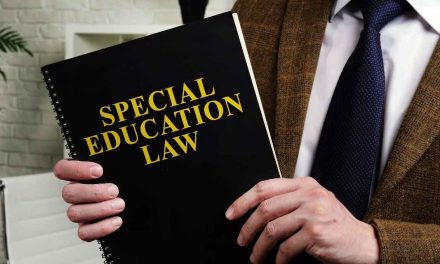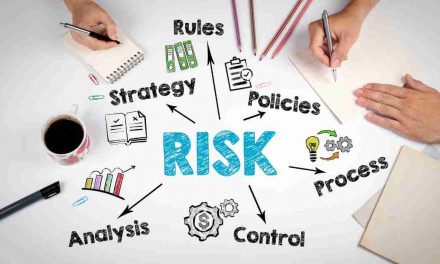Street photography is a genre of photography that captures candid moments of life in public places. Street photographers often aim to document the culture, society, and history of a place through their images. Street photography can be challenging, rewarding, and sometimes controversial.
But is street photography legal? Can you take pictures of anyone and anything on the street without permission or consequences? What are the rights and responsibilities of street photographers? These are some of the questions that many street photographers face when they practice their craft.
In this blog post, we will explore the legal aspects of street photography and provide some tips on how to navigate the laws and rules in different countries and situations.
The general principle: freedom of expression
The general principle that applies to street photography is freedom of expression. This means that street photographers have the right to take pictures in public places without interference from the authorities or other people. Freedom of expression is a fundamental human right that is recognized and protected by many international treaties and national constitutions.
However, freedom of expression is not absolute. It can be limited or restricted by other rights or interests, such as privacy, security, property, or public order. Therefore, street photographers need to be aware of the potential legal issues that may arise when they take pictures on the street and respect the boundaries of others.
The main legal issues: privacy, security, property, and public order
The main legal issues that street photographers may encounter are related to privacy, security, property, and public order. These issues may vary depending on the country, the location, the subject, and the context of the photograph. Here are some examples of how these issues may affect street photography:
- Privacy: Some people may not want to be photographed or have their images published without their consent. This may be because they have a reasonable expectation of privacy in certain situations or places, such as inside their homes, in bathrooms, in changing rooms, or in medical facilities. It may also be because they have personal or professional reasons to protect their identity or reputation, such as celebrities, politicians, or crime victims. In some countries, such as France, Germany, or Spain, there are strict laws that protect people’s privacy and image rights. Street photographers may need to obtain permission from their subjects or blur their faces before publishing their images.
- Security: Some places may be off-limits to street photographers for security reasons. These may include military bases, government buildings, airports, train stations, bridges, tunnels, or power plants. Street photographers may be stopped, questioned, searched, or arrested by security personnel if they are suspected of posing a threat or engaging in espionage or terrorism. Street photographers may also need to avoid photographing certain subjects that may be sensitive or controversial for security reasons, such as police officers, soldiers, protesters, or religious symbols.
- Property: Some places may be privately owned or controlled by certain entities that have the right to regulate access and photography on their premises. These may include shopping malls, museums, art galleries, theaters, stadiums, amusement parks, or religious buildings. Street photographers may need to obtain permission from the owners or managers of these places before taking pictures or paying a fee for photography. Street photographers may also need to respect the intellectual property rights of others when they photograph artworks, sculptures, logos, trademarks, or designs.
- Public order: Some situations may require street photographers to maintain public order and safety when they take pictures on the street. These may include crowds, traffic, emergencies, accidents, crimes, or disasters. Street photographers may need to follow the instructions of the authorities or emergency services when they are present and avoid obstructing or interfering with their work. Street photographers may also need to avoid provoking or harassing their subjects or causing a nuisance or disturbance to others.
The best practices: respect, discretion, and common sense
The best practices for street photography are based on respect, discretion, and common sense. These are some of the tips that street photographers can follow to avoid legal problems and enjoy their hobby:
- Respect your subjects: Treat your subjects with dignity and courtesy. Do not take pictures of people who are vulnerable, distressed, or in compromising situations. Do not invade their personal space or touch them without permission. Do not use flash or loud noises that may startle them. If someone asks you to stop taking pictures or delete their image, comply with their request unless you have a valid reason not to.
- Respect your surroundings: Be aware of your surroundings and the rules that apply to them. Do not trespass on private property or restricted areas. Do not damage or deface any property or environment. Do not litter or leave any traces behind. Do not endanger yourself or others by taking risks or breaking laws.
- Respect your audience: Be responsible for your images and how you use them. Do not publish images that may harm or offend your subjects or others. Do not manipulate images in a way that distorts reality or misrepresents facts. Do not use images for commercial or illegal purposes without permission. Give credit to your sources and respect the copyrights of others.
- Be discreet: Be subtle and inconspicuous when you take pictures on the street. Use a small and quiet camera that does not attract attention. Use a wide-angle lens that allows you to shoot from a distance or a telephoto lens that allows you to shoot from a hidden position. Use natural light or available light sources that do not require a flash. Use a fast shutter speed that does not require a tripod. Use a candid or spontaneous approach that does not require posing or directing your subjects.
- Use common sense: Use your judgment and intuition when you take pictures on the street. Do not take pictures of anything that may be illegal, dangerous, or inappropriate. Do not take pictures of anyone who may be hostile, aggressive, or violent. Do not take pictures of anything that may be confidential, classified, or sensitive. Do not take pictures of anything that may be boring, irrelevant, or cliché.
Conclusion
Street photography is a fascinating and rewarding genre of photography that allows you to capture the essence and diversity of life in public places. However, street photography also involves legal and ethical challenges that you need to be aware of and respect. By following the general principle of freedom of expression and the main legal issues of privacy, security, property, and public order, you can avoid most legal problems and enjoy your hobby. By following the best practices of respect, discretion, and common sense, you can also improve your skills and create better images.
Works Cited:
(1) Street Photography Laws (Know Your Rights) – Watermarkup Blog. https://blog.watermarkup.com/street-photography-laws/
(2) Is it Illegal to Take Pictures of People? (Street Photo Laws). https://expertphotography.com/street-photography-laws/
(3) The law around street photography 2023 – Amateur Photographer. https://amateurphotographer.com/technique/expert_advice/the-law-around-street-photography/
(4) The Ultimate Guide to Street Photography (2023). https://digital-photography-school.com/ultimate-guide-street-photography/
(5) Navigating the Laws & Rules in Street Photography. https://photographycourse.net/street-photography-laws-and-rules/

Meet Krishnaprasath Krishnamoorthy, a finance content writer with a wealth of knowledge and experience in the insurance, mortgage, taxation, law, and real estate industries.




